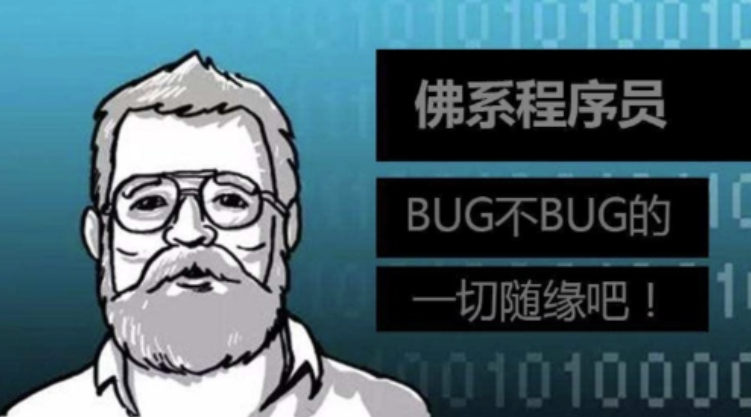In the context of video encoding and decoding, “Base Layer Sync” refers to the synchronization of the base layer (i.e. the lower resolution or lower quality layer) of an H.264/AVC (Advanced Video Coding) video stream with the higher resolution or higher quality enhancement layers.
H.264/AVC is a widely used video compression standard that enables efficient transmission and storage of high-quality video content. It uses a scalable or layered coding approach where multiple layers of encoded data are combined to produce a final video stream. The base layer contains the most essential information required to display the video at a lower resolution or lower quality, while the enhancement layers contain additional data that can be used to improve the resolution, quality, or other aspects of the video.
In order to ensure that the different layers are synchronized properly during the encoding and decoding process, special synchronization mechanisms such as access unit delimiters, start codes, and sequence parameter sets are used. These mechanisms help to identify the boundaries between different layers and ensure that each layer is properly aligned with its corresponding time stamp. This ensures that the final decoded video output is of high quality and consistent with the intended content.










![/data # iw --debug dev wlan0 connect -w "lucky-5g" auth open key 0:1234567890
Usage: iw [options] dev connect [-w] [] [] [auth open|shared] [key 0:abcde d:1:6162636465] [mfp:req/opt/no]
Join the network with ...](https://linuxcpp.0voice.com/zb_users/upload/2023/05/202305162239148267954.png)
![驱动代码
void kalRxTaskletSchedule(struct GLUE_INFO *pr)
{
static unsigned int num = 0;
tasklet_hi_schedule(&pr->rRxTask[(num++)%NR_CPUS]);
// tasklet_hi_schedule(&pr->rRxTask);
DBGLOG(HAL, ERROR,](https://linuxcpp.0voice.com/zb_users/upload/2023/05/202305162226144313964.png)







